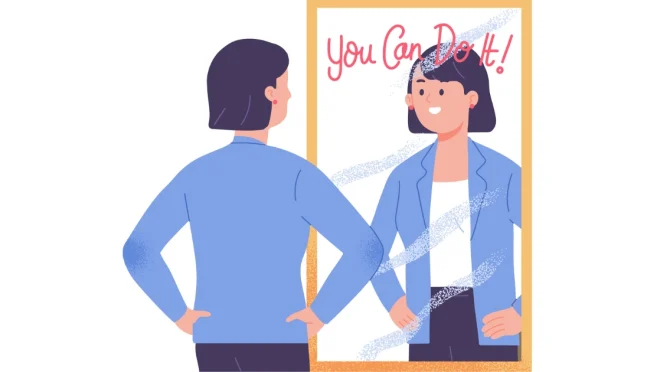How to leave a habit or forget a person within a month
How to leave a habit or forget a person within a month

Letting go—whether of a bad habit or the memory of someone—is never easy. But with a clear plan, determination, and emotional discipline, change is possible in a short period, like three to four weeks. The human mind is adaptable: even deep attachments or stubborn habits can gradually lose their grip. Here’s how you can start leaving a habit or forgetting someone within 21 to 30 days.
Recognise the attachment
Whether it’s a habit or a person, attachment usually fills a psychological or emotional void—be it stress relief, loneliness, the need for validation, or a sense of identity. Identifying what role the habit or person plays in your life is the first step to letting go. Understanding the underlying need—routine, security, connection—allows you to consciously replace it with something healthier or more constructive.
Disrupt the pattern
Habits and emotional connections often follow predictable patterns. A smoker may light up after meals; a social media user may scroll first thing in the morning. To break these patterns, create cognitive distance by changing your routine, surroundings, or routes. Small but consistent adjustments can gradually weaken the habit or emotional pull. While you may not forget overnight, these changes help reduce the urge over time.
Out of sight, out of mind
For habits, remove triggers. Avoid storing sugary foods if you’re trying to cut down on sugar, instead of relying solely on willpower. Similarly, for emotional attachments, create space. Remove reminders like gifts, photos, playlists, and social media connections. This is not selfish; it simply allows mental and emotional space for detachment.
Relearn to unlearn
The brain thrives on focus. Replacing a habit or emotional attachment with something engaging can accelerate unlearning. For instance, adopting a fitness routine or learning a new skill fills the emotional void left behind, giving a sense of personal growth and achievement. Gradually, the old habit or attachment loses its significance.
Know the hurdle
The first two weeks are usually the hardest. You may experience anxiety, cravings, sadness, or even physical discomfort. These reactions are biological, not signs of failure. Accept the discomfort as part of the process. Talking to an empathetic friend or journaling can help track progress and build self-awareness. Writing down why you want to let go and repeating it like a resolution reinforces your commitment.
Make a commitment
Set a three- or four-week window to focus on your goal. Breaking it into daily intentions makes the challenge manageable. Small, attainable victories each day gradually weaken the habit or emotional attachment. Consistency is key: even if feelings persist beyond 30 days, your effort lays a strong foundation.
Visualise your future
Letting go is about reclaiming control, not losing something valuable. Whether breaking a habit or moving on from someone, you are prioritising your well-being. Picture a focused, independent, and healthier version of yourself—this mindset transforms the struggle into a step towards growth.
Conclusion
Letting go is incremental, not instantaneous. While some urges may linger beyond a month, a 21- to 30-day window is enough to start weakening their hold and regain emotional control. With patience, discipline, and self-compassion, you can move towards a healthier, freer, and more peaceful life. Over time, the attachment fades, and you emerge stronger.


